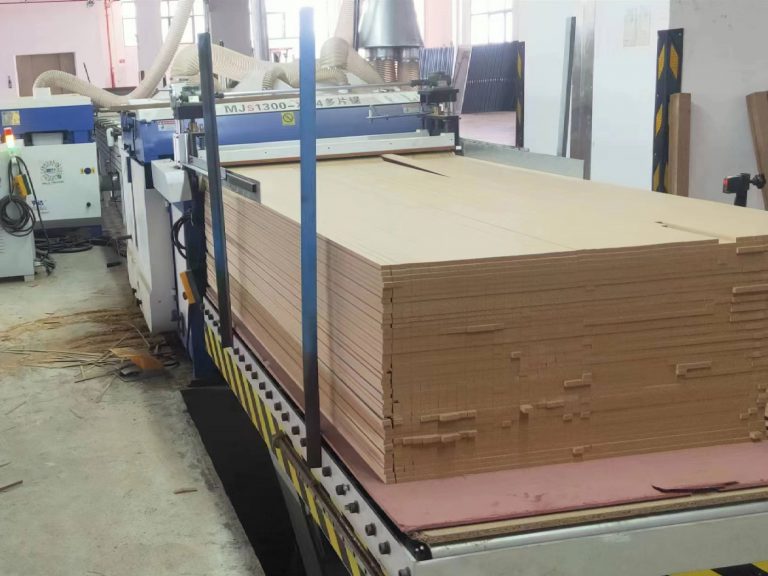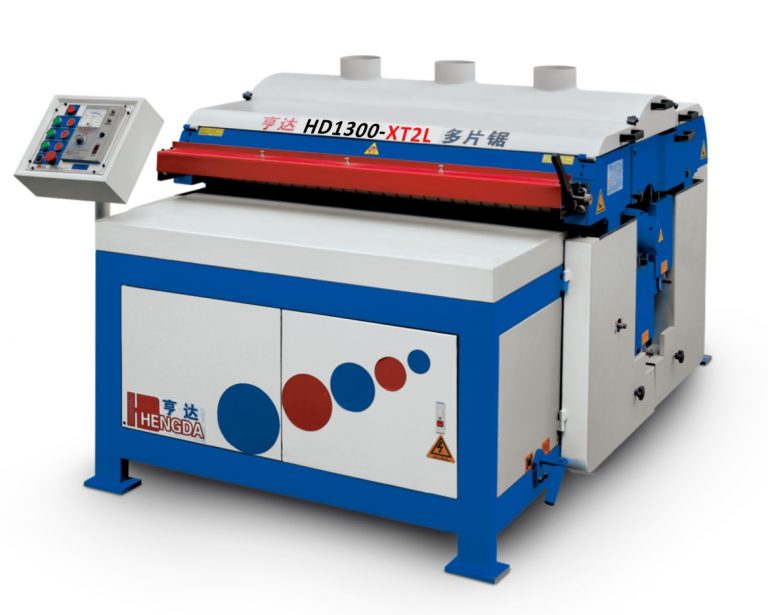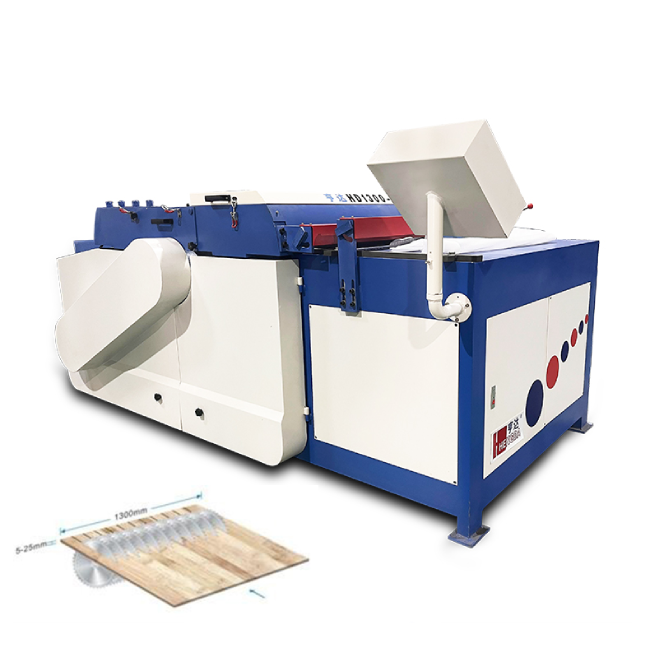
Where the Multi-Blade Saw Fits in a Modern Woodworking Production Line
In today’s woodworking industry, efficiency is not achieved by one machine alone but by how all the machines in a production line work together. From raw lumber intake to the finished furniture component or packaging material, each step of the process must flow seamlessly to reduce waste, minimize downtime, and maximize output.
Among these machines, the multi-blade rip saw holds a crucial role. It is the backbone of the cutting stage, transforming raw wood panels or planks into usable components with precision and speed. But how exactly does it fit into a modern woodworking production line? Let’s break it down step by step.
From Raw Material to First Cuts
Most factories begin with raw panels, planks, or boards. Before any advanced shaping or assembly, these materials need to be cut to manageable sizes.
- Multi-blade saw function: Splits large wood pieces into multiple strips in one pass, saving time compared to single-blade saws.
- Impact on workflow: Provides standardized sizes that downstream machines can process more efficiently.
In other words, the multi-blade saw sets the tone for the entire production line by ensuring consistent input quality.
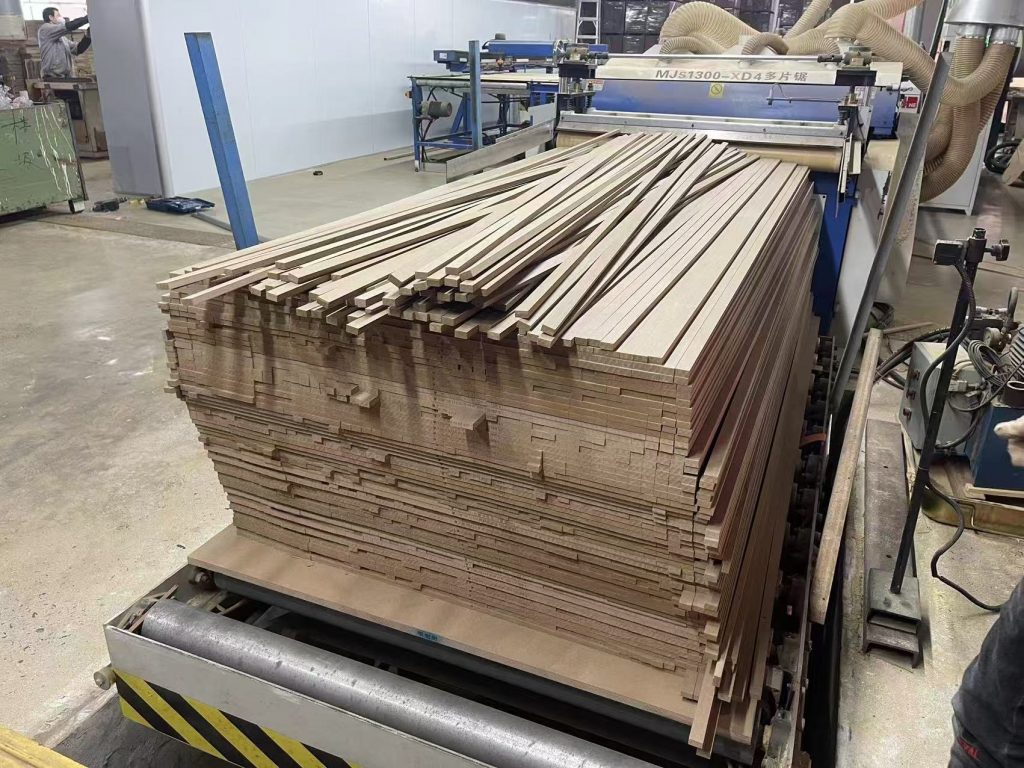
Feeding Downstream Machinery
After ripping, the cut pieces move directly to secondary machines. Depending on the industry, this might include:
- Planers or thicknessers: For surface finishing and dimension accuracy.
- Edge banders: For sealed and aesthetic edges in furniture manufacturing.
- CNC routers: For complex shapes, holes, or decorative cuts.
A precise multi-blade cut reduces the workload on these machines, helping them operate faster and with fewer errors.
The Role in Furniture Manufacturing
In cabinet, flooring, and furniture production, the multi-blade saw is often the “first transformation” machine.
- Cabinet doors and panels: Cut to width before edge banding.
- Floorboards: Ripped to exact plank sizes ready for tongue-and-groove profiling.
- Custom furniture: Provides uniform parts, enabling quicker assembly.
Without accurate ripping, the rest of the line suffers delays and defects, highlighting its importance as the foundation of quality.
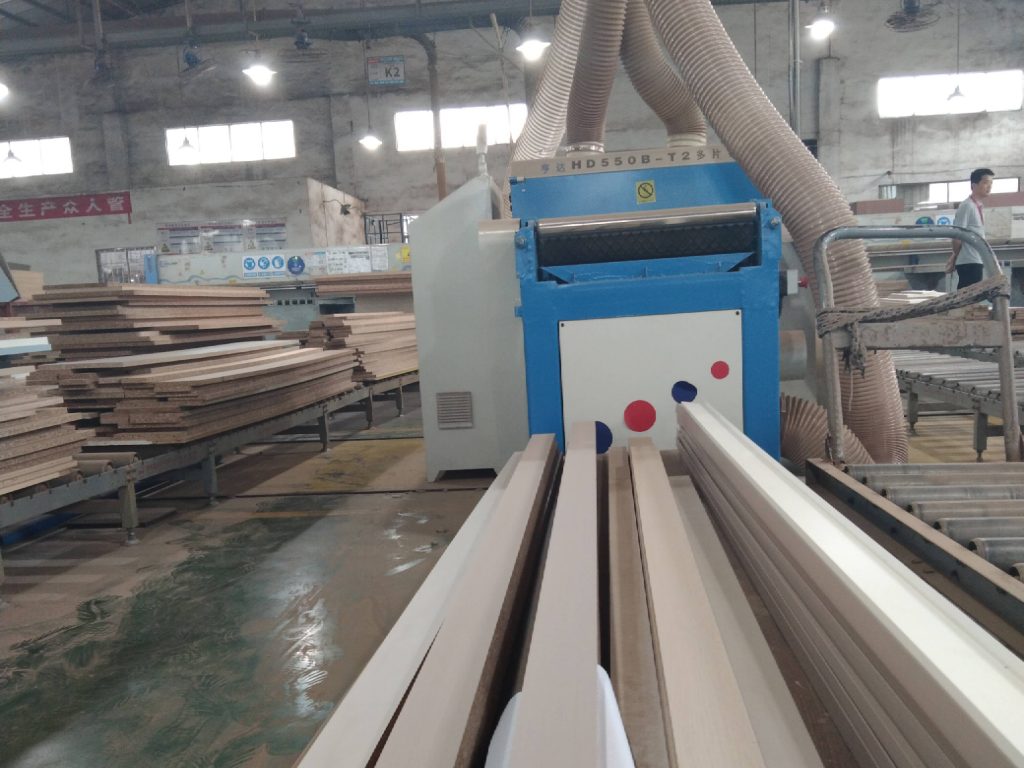
The Role in Packaging and Pallet Production
In packaging factories, where wooden crates and pallets are produced, speed is even more critical.
- High-volume ripping: Multi-blade saws can process large volumes of raw planks in a single run.
- Material utilization: By reducing waste, factories save money on raw lumber while producing stronger, consistent packaging components.
Here, the multi-blade saw ensures factories can meet tight delivery schedules and customer demands.
Integration with Automation
Modern woodworking factories increasingly rely on automation for efficiency. Multi-blade saws integrate seamlessly with:
- Automatic feeding systems: Reduce manual handling and improve safety.
- Conveyors and sorting systems: Ensure smooth transition between cutting and next-stage processing.
- Smart monitoring tools: Track production data, detect blade wear, and optimize cutting parameters.
This integration allows the multi-blade saw to serve not just as a standalone machine but as part of an intelligent, data-driven production ecosystem.
Why Its Position Matters
Placing the multi-blade saw at the right stage of the line ensures:
- Consistent input: Downstream machines receive properly dimensioned material.
- Reduced waste: Optimized ripping patterns minimize leftover scraps.
- Higher throughput: The line avoids bottlenecks at the initial cutting stage.
A poorly integrated saw can slow down the entire line, proving that its placement and role are strategic decisions.
Conclusion
The multi-blade saw is more than just a cutting tool — it is the heart of a modern woodworking production line. By taking raw materials and preparing them for efficient downstream processing, it directly influences productivity, quality, and profitability.
Whether in furniture, flooring, or packaging production, the multi-blade saw defines the pace of the entire workflow. For factories looking to upgrade their lines, understanding where this machine fits — and how it connects with other equipment — is essential to building a truly modern, efficient, and competitive operation.

